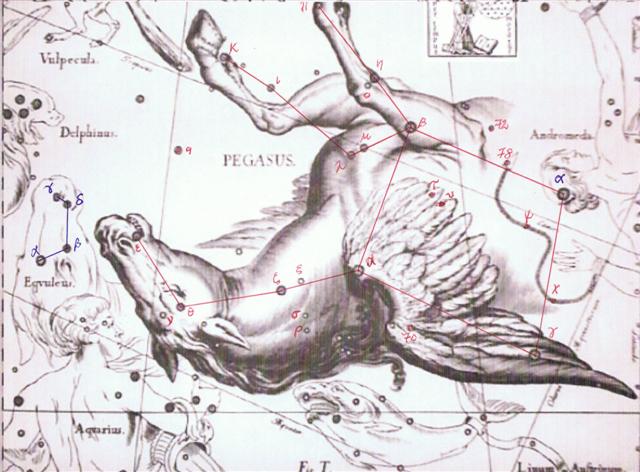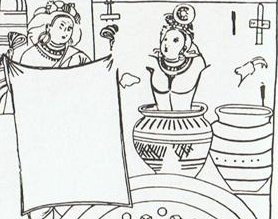Counting from Ga1-1 to glyph 471 on the G tablet, we could let the last 71 of them allude to the time from 3114 B.C.:
63 + 8 = 71 and RA day 365.25 (in rongorongo times) was - according to my interpretation - the day when Sirrah rose with the Sun. Therefore such stars which earlier had risen with the Sun at 0h - earlier than in my assumed approximate rongorongo year 1842 A.D. - should come later in the text. For instance could Hyadum II have risen at the northern spring equinox in the year 1842 - 64 * 71 = 2703 B.C. But above I have guessed the creator of the G text has played also with the opposite direction, making the past to be at left. For instance could Gb6-18, 8 days earlier than 0h at Rogo in Gb6-26 - i.e. at March 14 (3-14) in rongorongo times - have visualized a year which was 8 * 71 = 568 years earlier than 1842 A.D. (= 1274 A.D.) ... For the Maori the past is an important and pervasive dimension of the present and future. Often referred to as the 'ever-present now', Maori social reality is perceived as though looking back in time from the past to the present. The Maori word for 'the front of' is mua and this is used as a term to describe the past, that is, Nga wa o mua or the time in front of us. Likewise, the word for the back is muri which is a term that is used for the future. Thus the past is in front of us, it is known; the future is behind us, unknown. The point of this is that our ancestors always had their backs to the future with their eyes firmly on the past ...
Moreover, if we should count the precessional day distance from Mayan zero (3114 B.C.) to rongorongo times around 1842 A.D. we will find the RA day distance to be (3115 + 1842) / 71 = 69.8. Then, counting from Gb6-17 (399) - as a Sign of 3114 B.C. - we could march ahead 8 * 71 = 568 years to 3114 - 568 = 2546 B.C. at Rogo in Gb6-26. This is of course only a play with numbers. We could equally well simply say that there are 71 glyphs from Gb6-18 to the end of side b in order to possibly encode the rule of how 71 years corresponds to 1 precessional day. However, I think the rongorongo texts were to be read much as 'play grounds'. For instance could Ca13-2 playfully refer to day 399 (cfr Gb6-17) in the times of Al Sharatain:
My reading of Ca13-2 as a leap night (February 29) relies partly on the name of the star Matar (which perhaps was visualized in Ca13-2), i.e. on the name of η Pegasi. Spanish matar means to kill (murder, butcher, extinguish, quench).
The quite similar glyph Ca13-1 would then represent the end of a non-leap year. Matar was according to Hevelius at the right front knee of the winged horse. Very close by was ο Pegasi which rose 1 day earlier than Matar. "η [Pegasi] on the left forearm, is the Matar of Whitall's Planisphere, from Al Sa'd al Matar, the Fortunate Rain; as such, however, ο was included with it." (Allen) The best translation of Matar could therefore be to 'quench', i.e. what rain will do to a fire. Turn it into smoke - as seems to have been visualized in the top right corner of the Cover:
In the times of Al Sharatain the Matar stars did not rise at the end of February but at its beginning. But η Pegasi could anyhow have determined the 'dead day' to be added in a leap year, at the end of a cycle of Father Light (Jupiter). In a normal non-leap year ο Pegasi would have been at 'February 1 (= day 398 counted from the previous 'January 1 (cfr Gb6-16, where we can count 61 * 6 = 366). Glyph 398 could therefore have been a Sign of the end of a Jupiter year:
| ||||||||||||||||||||||||||||||||||||||||||||||||||||||||||||||||||||||||||||||||||||||||||||||||||||||||||||||||||||||||||||||||||||||||||||||||||||||||||||||||||||||||||||||||||||||||||||||||||||||||





















